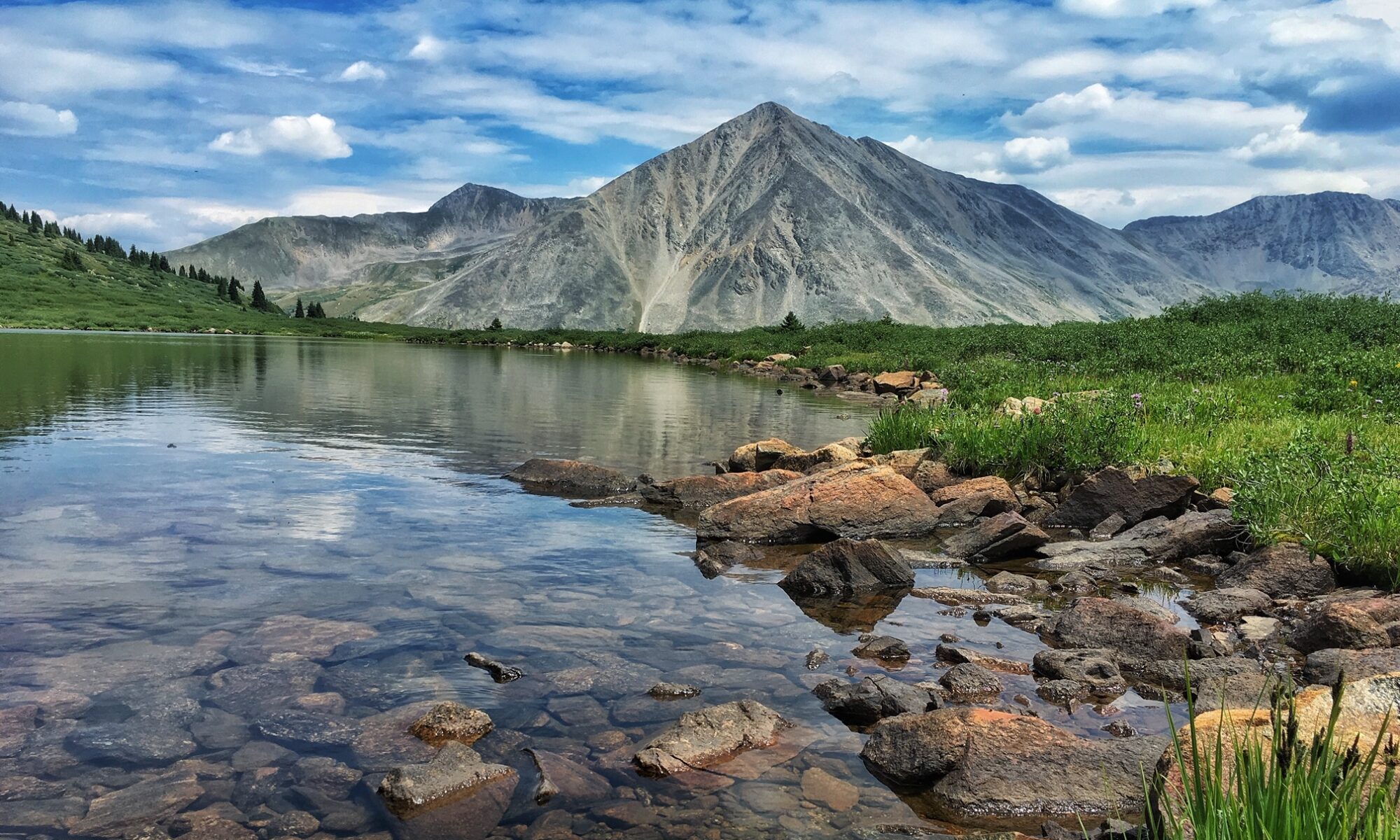It was beginning to look a lot like Christmas. From our picture window I could see a dozen or more houses decorated with Christmas lights. Our house was perched on a hill overlooking the north floor of Montana’s Gallatin Valley. The valley floor was dusted with an inch of snow.
Inside our house, the tree was decorated, and the sound of Karen Carpenter singing, “I’ll be home for Christmas,” filled our living room. Christmas was seven days away.
Shiver Me Timbers
But all I wanted to do was to go fly fishing.
It had been two months since the last time I had cast a fly on the water, and I was itching to spend some time on the river. Tomorrow was going to be in the high thirties, and I could take off work a couple hours early.
So away from the window I flew like a flash, tore open my duffel bag where my fly gear was stashed. I got everything ready for the next day. When I retired for the night and nestled all snug in my bed, visions of rainbow trout danced in my head.
The next afternoon, I left work early at two o’clock and arrived at the mouth of the Bear Trap Canyon an hour later. My plan was to park at the Warm Springs fishing access and walk up the Madison River about three-quarters of a mile to a run where some decent sized trout always seemed to lurk.
But the visions that danced in my head the night before had not included the gale force wind that I felt as I opened up my door. No wonder mine was the only vehicle in the parking lot. Every other fly fisher had the sense to stay home and tie flies. I was angry at the wind, but I was too stubborn to give in.
Fly Fishing Miracle
After I lost my zest for hiking three quarters of a mile, it occurred to me that I could fish the elbow of a bend in the river that jutted up against the parking lot.
I had never fished it before. That, too, was due to stubbornness. I refuse to fish water that is so accessible. But with the howling wind whipping around the falling snowflakes, I was in no mood to be true to my mantra: “Always walk at least a mile before you start fishing.” Besides no one in their right mind would have fished this elbow during the last few days of blustery weather.
I tied on a beadhead prince nymph and dropped a little copper behind it. For the next few minutes, I got into a consistent rhythm: cast, shiver, mend, shiver, retrieve, shiver, complain. Then, suddenly, I saw a happy sight for tear-stained eyes (from the cold wind).
My strike indicator disappeared.
For the next minute, I felt that old familiar feeling of a fish on the end of the line. It turned out to be a 14-inch rainbow, which looked surprisingly plump for the time of year. I wouldn’t call that catch a true Christmas miracle. But I would call it a small (and cold) fly fishing miracle on the Bear Trap a few days before Christmas.
After I released it the fish, my shivering increased.
It was bone-cold, the sun now below the mountain. I began the long walk back to my truck — all fifteen steps. When I returned home an hour later, I stood at our picture window and looked out over the Gallatin Valley. Beyond the houses dotted with Christmas lights, I could see faintly the gap in the distant hills where the Madison River emerged from the Bear Trap Canyon. It was almost dark, and I was thankful for the light and warmth of home.
But I was also thankful for those fifteen minutes on the river that lifted my spirits. Now I was ready for Christmas.





